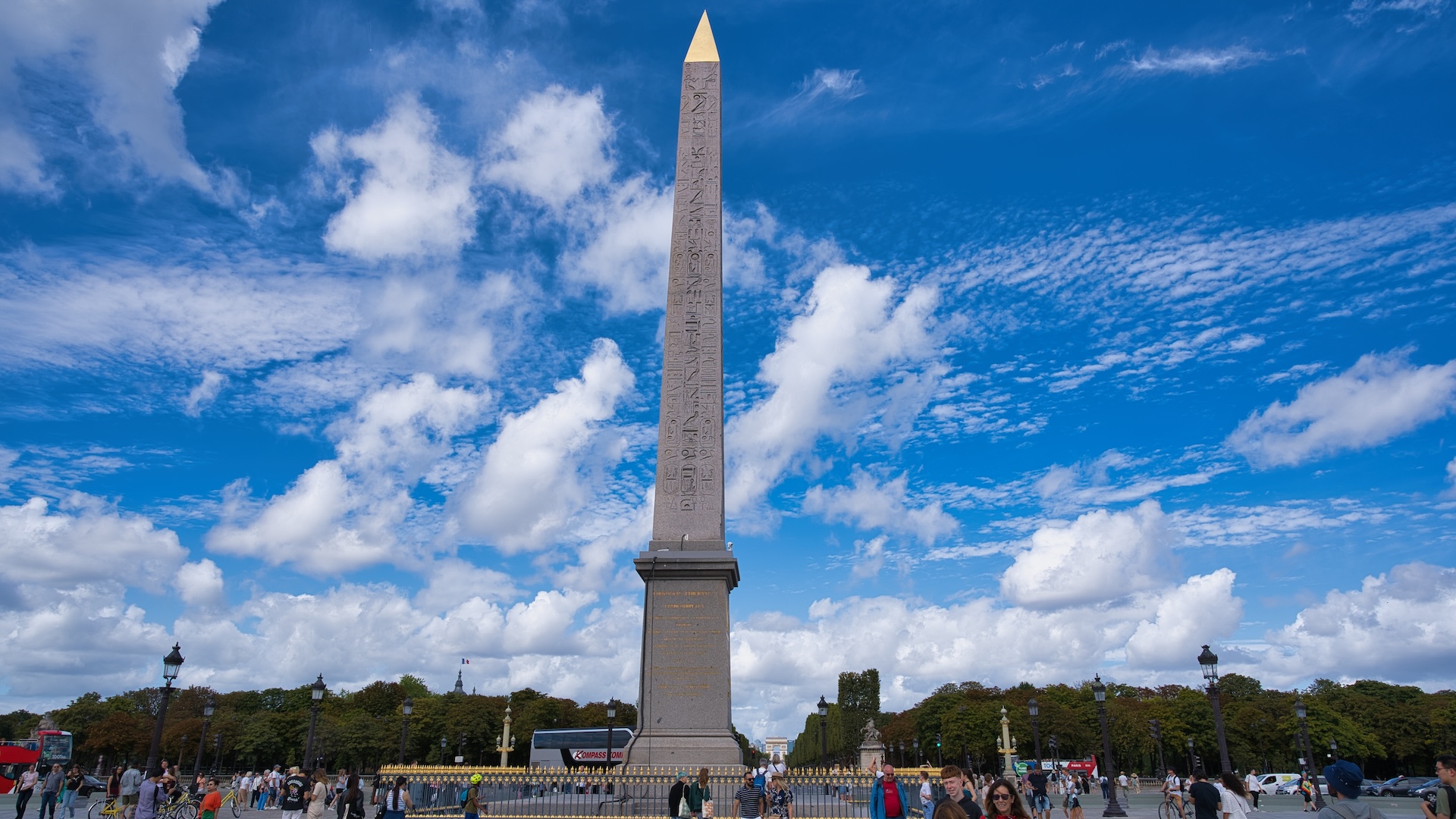The famous ancient Egyptian obelisk in Paris may contain a series of hieroglyphic messages aimed at Egypt’s nobility that praise the pharaoh Ramesses II and say he was divinely chosen by the gods, an Egyptologist claims.
However, scholars who were not involved with the research expressed caution about this interpretation.
The approximately 3,300-year-old obelisk was built at Luxor Temple on orders of Ramesses II (who reigned circa 1279 to 1213 B.C.) at the beginning of his rule. In 1830, the sultan of the Ottoman Empire, which controlled Egypt at the time, gifted it to France. It was moved to Paris, where it now sits in a plaza known as the Place de la Concorde.
Previous studies revealed that hieroglyphics on the obelisk discuss Ramesses II. They also discuss the god Amun (also referred to as Amun-Ra) who was the chief god of Thebes (now known as Luxor), and Horus, who was the son of the god Osiris and goddess Isis.
The newfound messages, however, would have been understood only by those who had a high level of literacy, particularly the nobility, Jean-Guillaume Olette-Pelletier, an Egyptologist from the Institut Catholique de Paris, told Live Science in an email. During restoration work on the obelisk and surrounding area carried out in 2021, Olette-Pelletier was given permission to climb scaffolding erected around the obelisk and study the granite artifact in greater detail than can be seen from the ground.
During his study, Olette-Pelletier found what he believes are messages that would have been noticed only by certain people under certain circumstances.
For instance, he noted that when the obelisk was built, its western side faced the Nile River and those traveling on the river by boat would have had a good view of a series of inscriptions and imagery located near the top of the 75-foot-tall (23 meters) obelisk. These inscriptions say Ramesses II “had been chosen by the gods, that he was of divine essence and therefore entitled to rule Egypt,” Olette-Pelletier said. It also shows a scene of Ramesses II making offerings to the god Amun.
He noted that the Opet festival, an annual event that honored Amun, prompted the nobility to arrive at Luxor by boat. These travelers would have had a good view of these inscriptions, helping to reinforce the pharaoh’s political power. “It was propaganda aimed at the very high intellectual elite,” Olette-Pelletier said.
Olette-Pelletier thinks he’s found other hidden messages on the obelisk. For instance, he noted that there are two rows of hieroglyphs that, depending on the direction in which they are read, could give different messages — such as spelling out the full throne name of Ramesses II or saying he had eternal life.
Olette-Pelletier is preparing a report of his findings that will be published (in French) in the journal Égypte Nilotique et Méditerranéenne (also known as ENiM).
Scholars who were not involved with the research urged caution in interpreting the findings; they said that, until the research is published, they will not be able to review it in depth.
Filip Taterka, an Egyptology professor at the Institute of Mediterranean and Oriental Cultures of the Polish Academy of Sciences, told Live Science that he doesn’t think the inscriptions and imagery near the top of the obelisk would have been visible to a noble person traveling by boat on the Nile because of the distance.
Ancient Egypt quiz: Test your smarts about pyramids, hieroglyphs and King Tut
